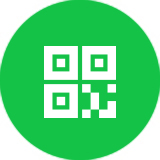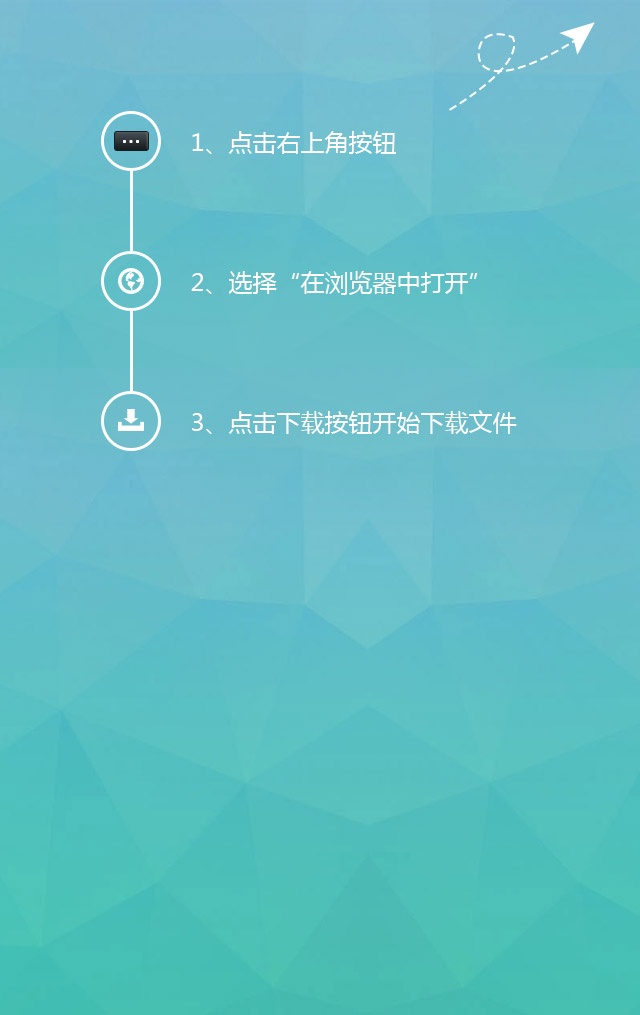Detailed introduction of onboard bus | MOST
foreword
The CAN, CAN FD, LIN, and FlexRay buses were introduced earlier, and this article introduces the MOST bus.
The corresponding articles are as follows:
can-bus:Car Bus | Detailed Introduction of CAN
CAN FD bus:Car Bus | Detailed Introduction of CANFD
lin bus:Car Bus | LIN Detailed Introduction
flexray bus:Car Bus | Detailed Introduction of FlexRay
Summary of commonly used vehicle buses:Car Bus | Understanding the Five Major Car Buses in One Text: CAN, LIN, FlexRay, MOST, Ethernet

1、 Introduction to MOST
MOST (Media Oriented System Transport) is a media oriented system transmission bus specifically developed for in car use. Most is the result of cooperation in the automotive industry and does not have formal standards.
The MOST network uses optical fibers as the transmission medium for the physical layer, connecting audio-visual equipment, communication equipment, and information service equipment (such as audio devices, televisions, global positioning systems, and telephones) to each other.
In 1998, BWM, DaimlerChrysler, and others jointly established an alliance to promote MOST technology as the universal standard for multimedia networks.
In 2001, the first MOST model was launched in Europe.
In 2006, the alliance had 16 car manufacturers including Audi, Porsche, Mercedes Benz, BMW, Hyundai, Volvo, and over 60 automotive component suppliers. Toyota is leading the development of the MOST electrical physical layer specification.
In 2007, MOST gradually gained attention in the automotive industry and was adopted in the Asian market due to its robust and reliable architecture.
In 2010, MOST technology was adopted by 100 car models worldwide. Asian manufacturers have produced 22 types of MOST models, for example: Volkswagen has publicly announced that it will launch MOST on all automotive platforms of Volkswagen's various brands.
2.1 Characteristics of MOST bus
The transmission medium is optical fiber, which is not affected by electromagnetic radiation and iron rings. The use of plastic optical fiber can optimize the quality of information transmission.
It can achieve a data transmission speed of 24.8Mbit/s while ensuring low cost.
It can work with or without a main control computer.
Supports real-time processing of sound and compressed images, and can transmit up to 15 channels of CD quality uncompressed audio data simultaneously using the same fiber optic cable.
Supports synchronous and asynchronous data transmission, with a maximum capacity of 60B per transmission.
The MOST network supports "plug and play", allowing devices to be added and removed from the network at any time.
Up to 64 nodes can be connected on a local area network.
2.2 Data types of MOST bus

Synchronized data (time-based data) - Real time transmission of streaming data such as audio signals and video signals.
Asynchronous data (non time-based data) - transmitting data packets for accessing networks and databases.
Control data - transmitting control messages and controlling the data of the entire network.

The sleep state of the MOST bus system refers to the situation where there is no data exchange within the MOST bus, and all devices are in a standby state, which can only be activated by the optical pulse emitted by the system manager, reducing the static current to its minimum value.
The prerequisites for starting sleep mode are as follows:
① All control units on the bus display as ready to enter sleep mode;
② Other bus systems do not make requests to the MOST through the gateway;
③ Diagnosis is not activated.

The standby mode of the MOST bus system refers to the inability to provide any services to users, giving the impression that the system has been shut down. The MOST bus system runs in the background, but all output media (such as display screens, radio amplifiers, etc.) do not work or produce sound.
The standby mode is activated during startup and continuous system operation.
Activation of standby mode:
① Activated by other data buses through the gateway, such as unlocking/opening the driver's door that requires the ignition switch to be turned on.
② Activated by a control unit on the MOST bus, such as an incoming phone call.

The power on working mode of the MOST bus system refers to the complete connection of the control unit, data exchange on the MOST bus, and user access to all functions.
The prerequisite for entering the power on state is:
① The MOST bus is in standby mode
② Other data buses are activated through the gateway, such as S contacts, and the display screen works
③ Activate through user function selection, such as through multimedia control unit E380


The system manager sends information frames to the next control unit on the ring bus at a pulse frequency of 44.1KHz (the same as the transmission frequency of digital audio devices such as CD players and DVD players).
The pulse frequency allows for the transmission of synchronous data due to the use of a fixed time grating. Information that must be sent at the same time interval for synchronous data transmission, such as sound and dynamic images/videos.


Synchronized data (audio, video): located between 24-60 bytes, with priority given to real-time transmission of streaming data such as audio and video signals
Asynchronous data (images, information used for computation, and text): 4 bytes per data packet, transmitted to access networks and databases, etc
Control data: transmitting control messages and controlling the data of the entire network.

4.1 Diagnostic Manager
In addition to the system manager, the MOST bus also has a diagnostic manager that performs ring interrupt diagnosis and transfers diagnostic data from the electronic control unit on the MOST bus to the diagnostic electronic control unit.
4.2 System Failure
If data transmission is interrupted at a certain position on the MOST bus, it is called a ring interrupt (the bus has a ring structure, so it is called a ring interrupt).
The reasons for the occurrence of circular interruption are as follows:
1) Fiber optic break.
2) The transmitter or receiver electronic control unit has a power failure.
3) The electronic control unit of the transmitter or receiver is damaged.
4.3 Circular Interrupt Diagnosis
When a ring interrupt occurs on the MOST bus, data transfer cannot be performed.
The impact of circular interruption:
1) Audio and video playback terminated.
2) Cannot be controlled or adjusted through the multimedia control unit.
3) The fault memory of the diagnostic manager contains a "fiber optic data bus open circuit" fault.
4.4 Diagnosis of Circular Interrupt with Increased Signal AttenuationCircular interrupt diagnosis can only be used to determine whether data transfer is interrupted.
The execution component diagnosis of the diagnostic manager can also perform circular interrupt diagnosis by reducing the optical power to identify increased signal attenuation.

推薦
-

-

QQ空間
-

新浪微博
-

人人網
-

豆瓣

